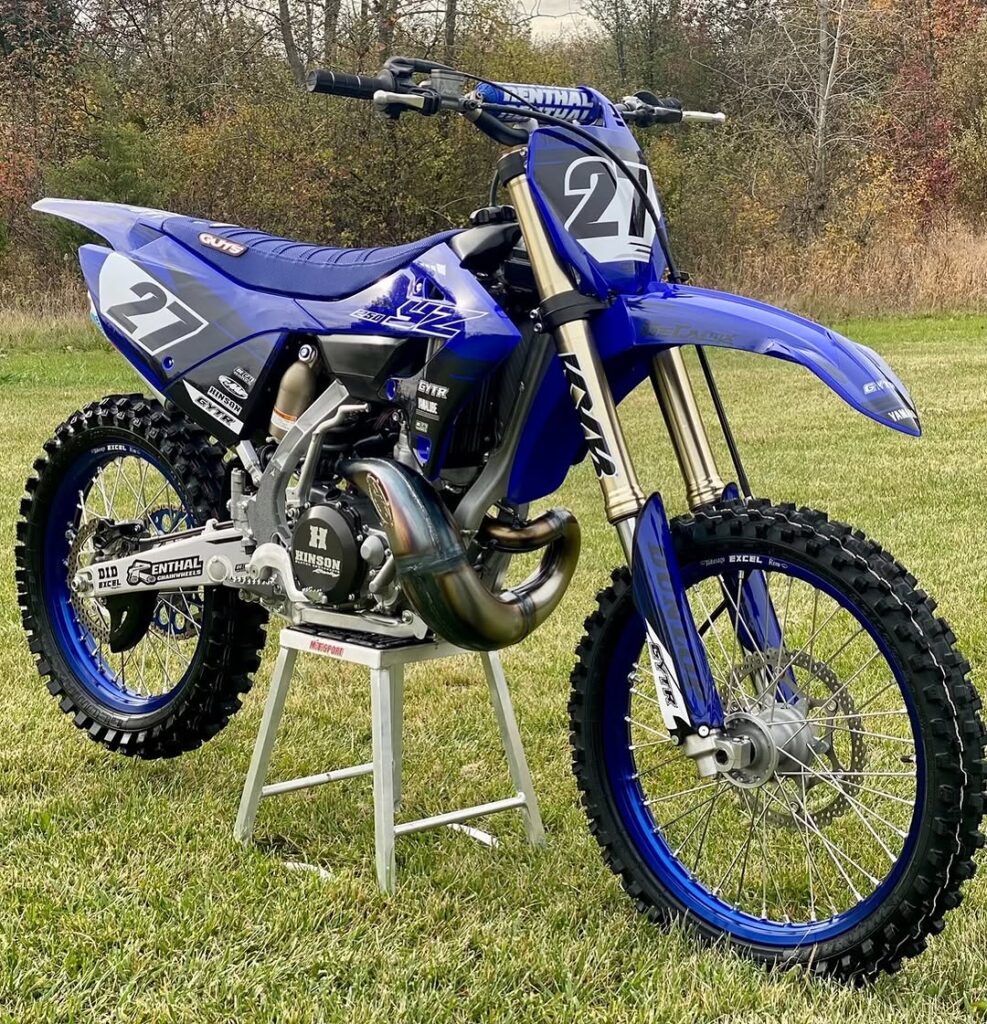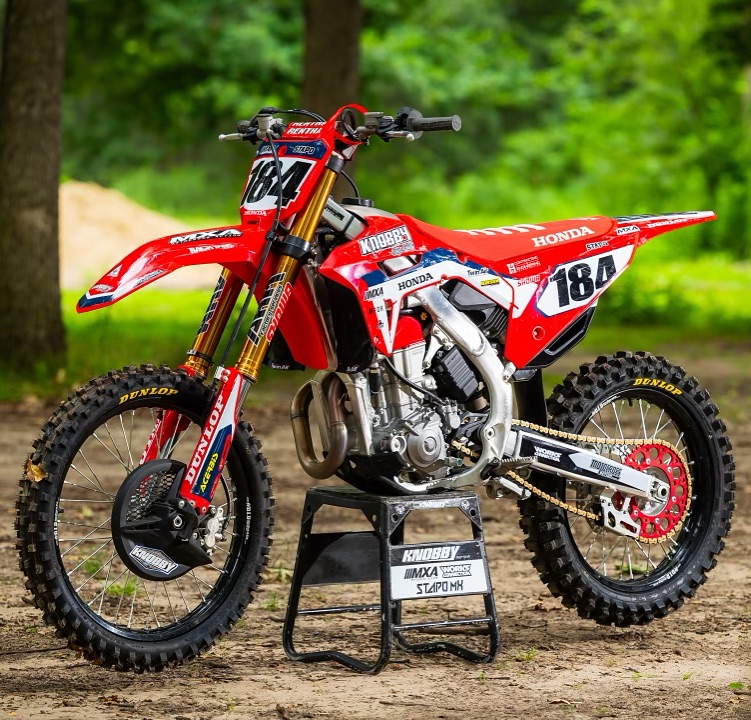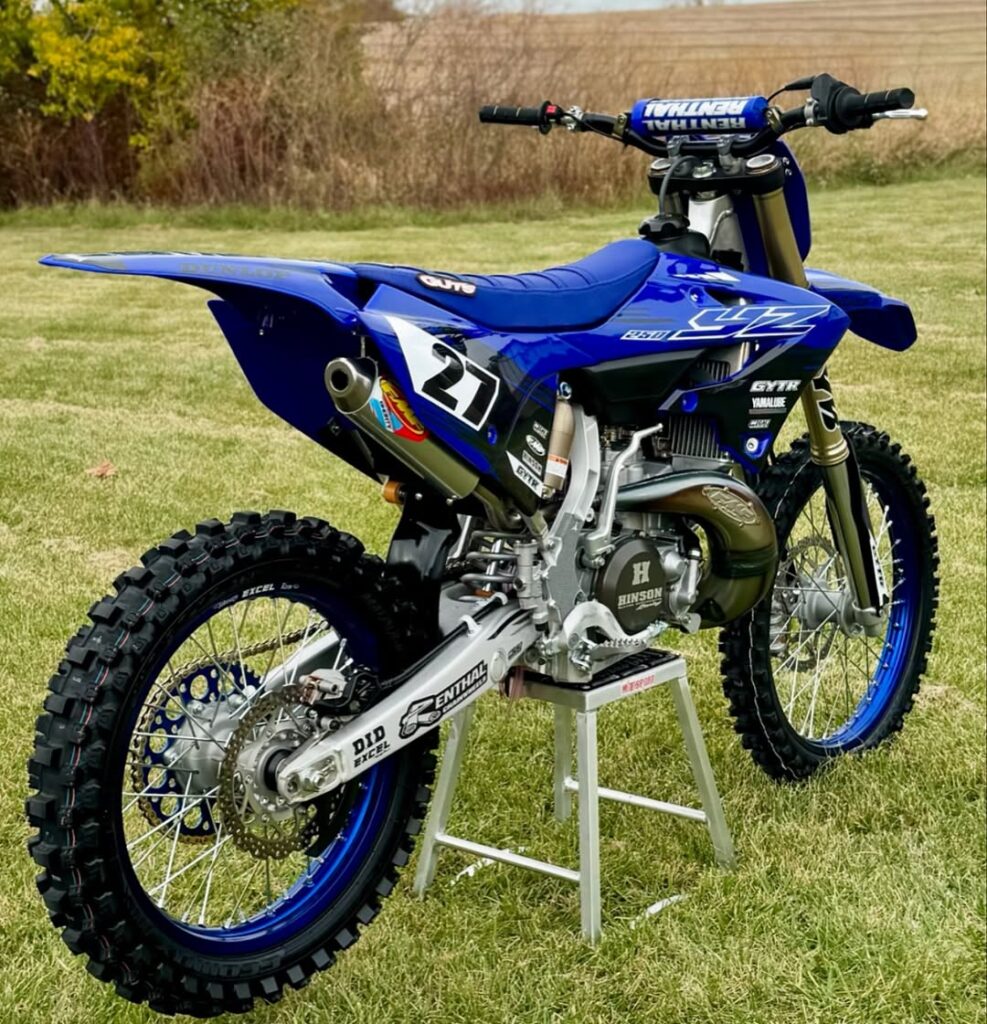Dirt biking is one of those sports that taps into your sense of adventure and love for the outdoors. It’s thrilling, unpredictable, and an incredible way to push your boundaries. For many riders, it’s not just a hobby—it’s a lifestyle. Whether you’re racing through muddy tracks, tackling mountain trails, or just out for a fun ride on the weekend, dirt bikes offer an exciting and dynamic experience. But what exactly makes these bikes so special? And what should riders know before they hit the trails?

The Evolution of Dirt Bikes
To understand dirt bikes, it’s helpful to take a look at their roots. Dirt biking began in the 1940s when riders started modifying street motorcycles to handle rougher terrain. These early off-road motorcycles were essentially standard bikes with added features like stronger tires, suspension upgrades, and more robust engines. As demand grew, manufacturers began producing bikes specifically for off-road use. By the 1960s, motocross racing emerged, and dirt bikes became an integral part of the motorsport world.
Over the years, dirt bikes evolved to meet the demands of various riders and riding styles. Today, these bikes come in all shapes and sizes, designed for different types of terrain and riding experiences. The modern dirt bike is a far cry from the early days but still retains the same spirit of adventure and thrill.
Types of Dirt Bikes
One of the most appealing aspects of dirt biking is the variety of bikes available, each catering to different needs and preferences. Whether you’re looking for something fast and aggressive or a bike that’s great for exploring trails, there’s a bike for you. Here are the main types:

1. Motocross Bikes (MX)
Motocross bikes are built for racing on closed dirt tracks. These bikes are designed to be lightweight and agile, allowing riders to navigate through jumps, sharp turns, and obstacles at high speeds. A key feature of motocross bikes is their long suspension travel, which helps absorb the shocks from landings after jumps. These bikes are built for performance, making them perfect for competitive riders.
However, motocross bikes are not street legal—they are strictly made for the track. So if you’re looking to race or do extreme jumps, this is the bike for you.
2. Enduro Bikes
Enduro bikes are similar to motocross bikes but are designed for long-distance off-road riding. They combine speed with endurance, making them suitable for tackling diverse terrains, from muddy trails to rocky paths. Enduro riders face time trials that often involve riding for hours at a time, so these bikes are built to be reliable and comfortable over long distances.
Enduro bikes are more versatile than motocross bikes, designed to handle everything from tight, technical sections to wide-open trails. They are perfect for riders looking to explore and challenge themselves on a variety of terrains.
3. Trail Bikes
Trail bikes are great for recreational riders who enjoy exploring natural landscapes at a more leisurely pace. Unlike motocross or enduro bikes, trail bikes are typically smaller, lighter, and easier to handle, making them ideal for beginners and intermediate riders. These bikes are made for fun rides on forest trails, dirt paths, and other off-road areas.
They’re less aggressive than racing bikes, focusing on comfort and ease of use. They are perfect for riders who just want to enjoy the thrill of off-road riding without worrying about competitive performance.
4. Dual-Sport Bikes
For those who like the flexibility of riding both on and off the road, dual-sport bikes are the way to go. These bikes are street legal and designed to handle both paved roads and off-road trails. Dual-sport bikes are typically lighter and more nimble than traditional street bikes but are still built for durability and off-road performance.
If you’re someone who enjoys road trips that involve dirt paths or scenic trails, a dual-sport bike is perfect for combining the best of both worlds. They’re versatile and functional, offering a balanced ride for various conditions.
5. Freestyle Motocross (FMX) Bikes
Freestyle motocross bikes are built for stunts, tricks, and aerial acrobatics. These bikes are modified to withstand extreme jumps and flips, designed with long suspension systems and lightweight frames to allow for precise control mid-air. FMX riders participate in competitions where they perform tricks like backflips, tailwhips, and other high-flying maneuvers.
These bikes are a bit different from your typical off-road machines, as they are crafted to excel in acrobatic stunts rather than trail riding or racing.

Key Components of a Dirt Bike
Understanding the key components of a dirt bike is essential for appreciating the technology and design behind these machines. Here are the critical parts:
- Engine: Dirt bikes are powered by small, lightweight engines. Depending on the bike’s purpose, engines typically range from 50 cc to 450 cc. The engine needs to provide enough power for high-speed off-road riding, but it must also be lightweight to keep the bike agile and responsive.
- Suspension: Dirt bike suspensions are vital for handling rough terrain. The front forks and rear shock absorbers work together to absorb the impacts of jumps, rocks, and uneven trails. A long suspension travel ensures that the bike stays stable even when landing from a jump.
- Tires: Dirt bike tires are designed to provide maximum grip on various surfaces, such as mud, sand, or loose gravel. They have a knobby tread pattern that helps dig into the terrain and prevent slippage.
- Frame: The frame of a dirt bike is the skeleton that holds everything together. Made from lightweight but sturdy materials like aluminum or steel, the frame is engineered to withstand the demands of off-road riding while keeping the bike as light as possible.
- Brakes: Strong, responsive brakes are essential for dirt biking. Most dirt bikes feature disc brakes, which are more reliable in muddy or wet conditions compared to drum brakes.
- Controls: The rider controls the bike using the handlebars, which allow for steering, throttle control, and brake operation. On some bikes, additional controls may adjust suspension settings or modify power output.
Safety Tips for Dirt Bike Riders
While dirt biking is a fun and thrilling sport, it’s also important to prioritize safety. Here are some essential safety tips every rider should follow:
- Wear Protective Gear: Always wear a DOT-certified helmet, knee and elbow guards, gloves, boots, and a chest protector. These items protect you from injury in case of falls or collisions.
- Take a Riding Course: If you’re new to dirt biking, consider taking a safety course. Riding schools teach essential skills, such as throttle control, cornering, and braking techniques, which can make you a more confident rider.
- Bike Maintenance: Regularly check your bike for any maintenance issues. Inspect the tires, brakes, and oil levels before each ride to ensure that everything is functioning correctly.
- Know Your Limits: It’s easy to get carried away, especially when you’re on an exciting trail, but always ride within your skill level. Push yourself, but don’t overestimate your abilities, especially in challenging terrain.
- Ride With a Buddy: It’s always a good idea to ride with others, particularly in remote areas. Having a friend nearby can help in case of an emergency.
- Respect the Environment: Stick to designated trails and respect nature. Avoid disturbing wildlife and try to minimize your environmental impact.

The Future of Dirt Bikes
The future of dirt biking looks promising, with new technology pushing the boundaries of what’s possible. One exciting development is the rise of electric dirt bikes. These bikes are quieter, require less maintenance, and are more eco-friendly, offering a greener alternative to traditional gas-powered bikes. Many manufacturers are now focusing on creating electric bikes that maintain the performance standards of gas-powered machines.
Additionally, advancements in smart technology, such as GPS navigation and ride tracking, are enhancing the overall riding experience. These technologies allow riders to navigate complex trails, monitor their performance, and stay connected with fellow riders.
Conclusion
Dirt biking offers an unmatched blend of speed, skill, and adventure. Whether you’re a competitive racer or someone who loves to explore the outdoors on two wheels, there’s a dirt bike out there for you. With the right bike, gear, and mindset, you can enjoy countless hours of off-road excitement while challenging yourself and staying safe. So get out there, hit the trails, and experience the thrill of dirt biking firsthand!
Q1: How do I choose the right dirt bike for me?
Choosing the right dirt bike depends on several factors, including your age, size, experience level, and the type of riding you plan to do. Dirt bikes come in different engine sizes, typically ranging from 50cc for beginners to 450cc for advanced riders. It’s important to consider:
Engine Size: Smaller engines (50cc–125cc) are suitable for beginners, while larger engines (250cc–450cc) are ideal for more experienced riders.
Riding Style: Motocross, trail riding, enduro, and dual-sport bikes all have different designs suited for specific types of off-road riding.
Fit: Ensure the bike’s seat height and weight match your ability to handle it comfortably.
Q2: What is the difference between a motocross bike and an enduro bike?
Motocross bikes are designed specifically for racing on closed-off tracks with jumps, sharp turns, and flat terrain. They are built for speed, agility, and light weight but are not ideal for long-distance rides.
Enduro bikes are built for long-distance racing on various terrains, including dirt, mud, and rocky paths. They are more durable, with a focus on fuel efficiency and comfort over long distances.
Q3: Are dirt bikes street-legal?
In most cases, dirt bikes are not street-legal out of the box, as they lack features such as headlights, turn signals, and mirrors required by road regulations. However, some dirt bikes are sold as “dual-sport” motorcycles, which are designed for both off-road and street use. To make a dirt bike street-legal, you may need to add specific equipment and register it with the local authorities.


